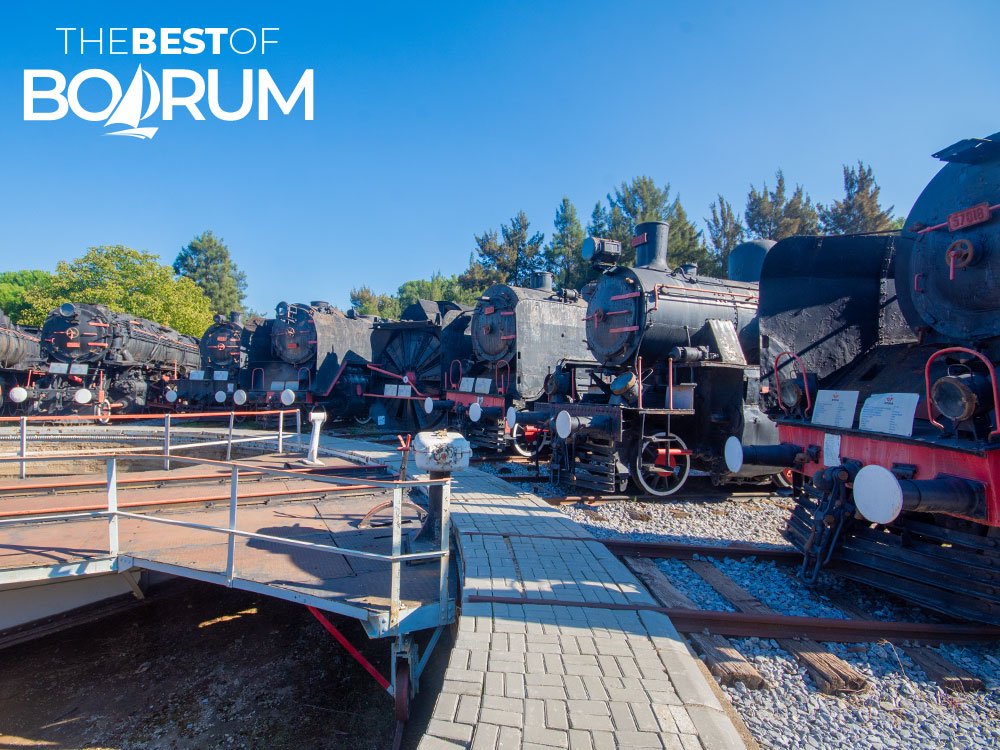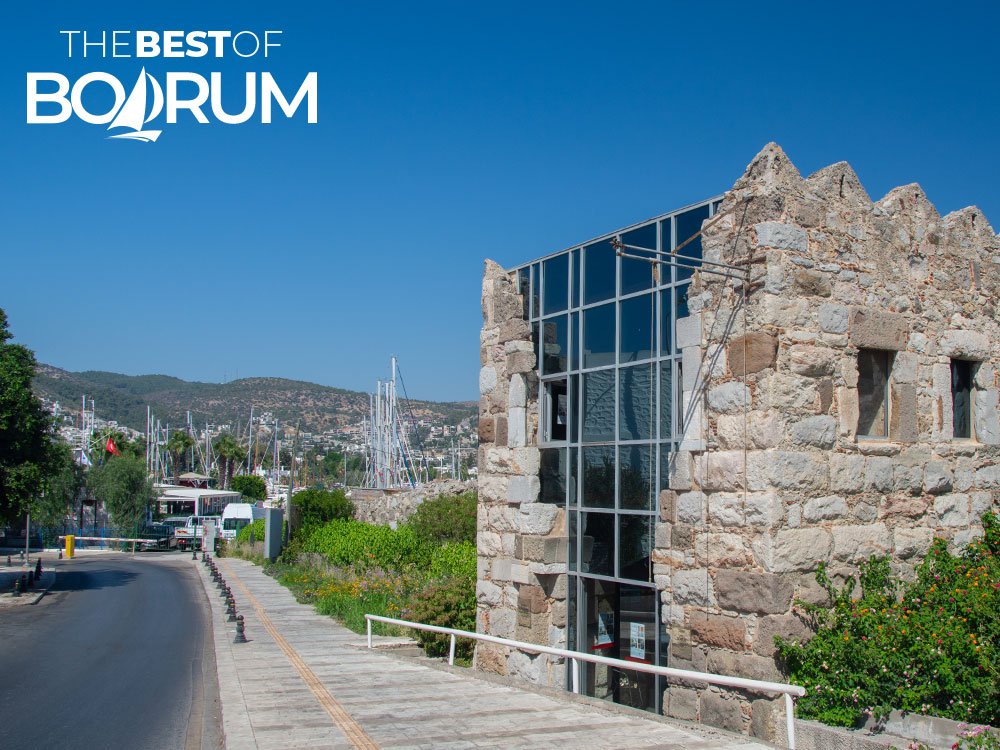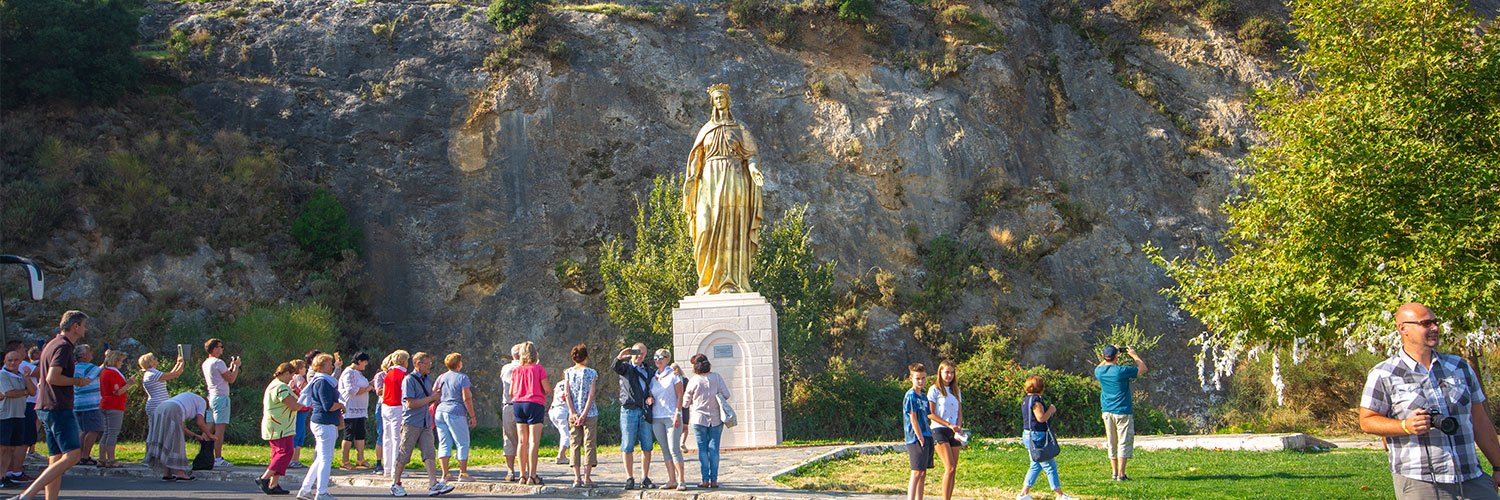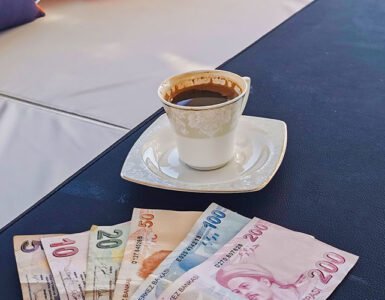We all travel for different reasons. Some of us love the sun and sea, others prefer the mountains and snow. Some travel for fun, others to relax and clear their minds, and some to discover new cultures. If you are someone who enjoys learning about history and culture, Bodrum and its surrounding areas offer highly inspiring cultural experiences.
What makes cultural experiences so appealing for travellers? They are more than just activities. They provide insight into local customs, traditions, and histories. They expand our knowledge about the world we live in. These experiences give us a glimpse into the past and present, providing a better understanding of the local way of life and artistic expressions.
The museums, archaeological sites, and art galleries in and around Bodrum are where you can trace Turkey’s rich cultural heritage. Visiting these places will help you reveal the events that shaped local lifestyle and the culture, so that your Bodrum discovery will be more satisfying experience.
In This Article
Museums in and around Bodrum
When travelling, I always try to visit local museums whenever possible. In these museums, I look for traces of past events that shaped the local culture. I believe, if we want to truly understand a society, we need to have knowledge about its history. Learning about the past that local people proudly display is a powerful tool that a traveller can use for more satisfying cultural experiences.
Museums in Bodrum
I have a particular interest in visiting the museums in Bodrum for two reasons. First, in most of these museums, you can trace not only the local history but also the history of our civilization. Anatolian lands and the Mediterranean Sea have witnessed some of the most fascinating stories of human history. Bodrum is located in one of the rare locations where these two important histories coexist.
Another reason I love Bodrum’s museums is that they usually reflect either the natural beauty of the Aegean or the lifestyle of the local people in their location. For example, the Bodrum Underwater Archaeology Museum is in between the walls of the Bodrum Castle. The castle, which also has historical significance, has courtyards arranged as an arboretum, providing an opportunity to learn about the region’s flora.

Similarly, the Zeki Muren Museum is inside a traditional Bodrum house where Zeki Muren, known as the sun of art in Turkey, lived. While visiting this museum provides a glimpse into the life of the artist, you can also observe what the inside of a typical Bodrum house is like, adding value to your cultural experiences.
Museums around Bodrum
During their vacation in Bodrum, many travellers prefer to take day trips to nearby locations that have historical or natural significance. Like the ones in Bodrum, most of the museums around Bodrum also merge the beauty of the Aegean with history.
When you go to Pamukkale on a day trip, for example, you can visit Hierapolis, an ancient city founded by King Eumenes II of Pergamon in the 2nd century BC. But at the same time, you can also visit a rare natural formation in the world, the famous natural thermal pools of Pamukkale. Or after exploring the magical beauty of the ancient city of Ephesus, you can also visit the Seven Sleepers and the House of Virgin Mary by driving a few kilometres more.

In summary, the museums in and around Bodrum give you a unique perspective into the region’s history and culture. They’re not just storehouses of historical artifacts, but they also mirror the lifestyle, traditions, and natural beauty of the Aegean region. These museums are sure to add value to your cultural experiences.
Archaeological Sites
The region that surrounds Bodrum hides many treasures for those interested in ancient history. There are numerous archaeological sites in the area, each revealing a different chapter of the past.
The Bodrum Peninsula itself is home to many ancient sites. Places like Myndos, Pedesa, Aspat, Sandima, and Halicarnassus cover a wide period from ancient Greek times to the Turkish Beyliks and Ottoman Empire. Access to these locations is quite easy. You can either walk or catch a minibus depending on your current location.

If you have a couple of hours to spare, your cultural experiences can get even better. After leaving Bodrum, you can reach Ephesus in two and a half hours by car. Alternatively, destinations like Mylasa, Heraklia, Didyma, Euromos, Priene, Miletus, and Magnesia are only an hour or two away. For those willing to visit Knidos or Hieropolis, you need at least three to four hours to get those ancient cities.
Some archaeological sites around Bodrum are easily reachable without much planning, while others require more travel time and thus careful time management. Depending on where you want to go, you could rent a car or opt for a guided day tour. Public transport and intercity buses are also available options, although they may take longer due to transfers. Regardless of your mode of transportation, Bodrum is an excellent base for exploring some of the most exciting archaeological sites in the Aegean.
Cultural Experiences through the Art Galleries and Workshops
Besides the various museums and archaeological sites that offer memorable cultural experiences, Bodrum has a rich art scene that often goes unnoticed by many travellers. Art galleries in Bodrum feature works from local artists, ranging from traditional Turkish art to contemporary pieces.
A few years ago, I attended a seminar where an art gallery director from Istanbul shared an interesting fact. She mentioned that after Istanbul and Izmir, Bodrum has the highest number of artists in Turkey. It’s fascinating to think about this. Istanbul is one of the world’s largest cities, with a population exceeding 16 million people. On the other hand, Bodrum is a small town with just 120,000 residents. Yet, in terms of the number of artists living in the city, Bodrum is comparable to Istanbul!

Another contributing factor to Bodrum’s art scene is the presence of Mugla Sitki Kocman University’s Faculty of Fine Arts. The Fine Arts Faculty’s campus is in the heart of the Bodrum Peninsula, at Ortakent. The young talents from the university bring fresh perspectives and dynamism into the city’s art community.
In conclusion, if you’re interested in exploring local and contemporary art, Bodrum’s art galleries and artists’ workshops are excellent starting points. Dozens of venues like Bodrum Castle, the Ottoman Shipyard, Dibeklihan, and marinas around the peninsula host art exhibitions throughout the year. It’s satisfying to make the most of your time by engaging in activities that enrich your cultural experiences, don’t you think?
















Add comment